Nevertheless, manufacturers and retailers struggled to maintain strong demand after that, which led to the sluggish growth. The majority of consumers in Japan prefer professional services when it comes to home-related projects, such as painting walls. This is largely because of the concerns about failure and potential danger caused by accidents while undertaking such work.
As everywhere else in the world, men are traditionally the main consumers of home improvement products. However, an increasing number of females are also taking up DIY as a hobby. As in many other mature markets, sluggish growth in this industry has led manufacturers and marketers to target women more directly. One of the reasons for the success of DIY among Japanese females (the DIY joshi or DIY women) is the desire for personalisation of furniture through such things as repainting existing furniture or creating small items like picture frames.
Manufacturers have responded to this new trend by launching "female-friendly" products: from lightweight tool lines to colourful tool boxes. At the same time, retailers have sought to reach out to them in a more direct manner, via workshops and tutorials in-store or online, such as those of Cainz Home, a leading retailer in Japan.
The Japanese government launched the first eco-point scheme in 2010. The system's aim was to encourage Japanese consumers to be more environmentally conscious by awarding eco-points for purchasing energy-efficient products, from appliances to water-saving toilets. The eco-points can then be redeemed for gift vouchers and other energy-efficient products.

 Menü
Menü




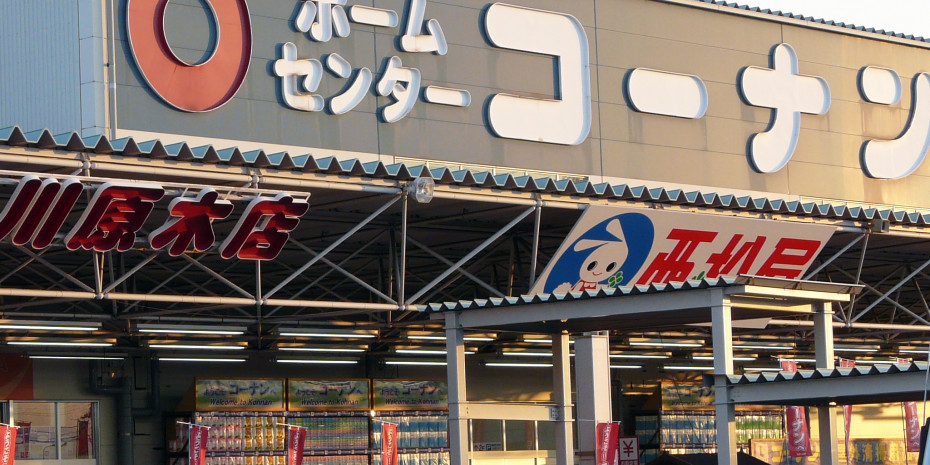




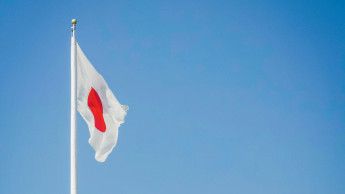
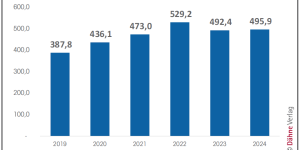

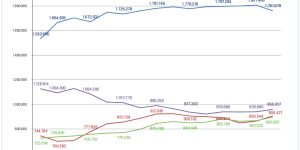

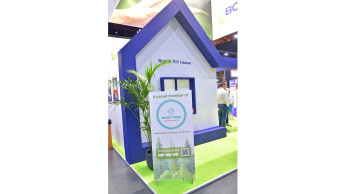
 Newsletter
Newsletter